|
By Anna Hazard
View the Rest of the Series
Part 1 - Benefits & Drawbacks
Part 2 - Tips, Alternatives, & Helpful Programs Part 3 - Best Dogs for Seniors Part 4 - Best Cats for Seniors Part 5 - Best Birds for Seniors Part 6 - Best Rodents for Seniors Part 7 - Aquariums & Aquarium Plants Part 8 - Best Aquarium Fish for Seniors Introduction
Here are a selection of aquarium fish that would make suitable pets for seniors, aquarium beginners, or those without the time or capability of dealing with intricate aquarium set-ups. These fish are hardy, easy-to-keep, have low minimum maintenance requirements which makes them more beginner friendly, and most are also suitable for peaceful community tanks.
In addition due to their other qualities --whether it's being overly colorful or flamboyant looking, prone to interesting habits or actions, or due to being more interactive than usual with their owners -- these particular types of fish also provide additional potential therapeutic benefits when it comes to aquarium watching.
3 Comments
7/23/2021 09:40:00 am
I love the dwarf puffer fish! They look so great...also very interesting that you should feed them hard shelled food every now and then
Reply
11/11/2021 04:42:57 am
Wow, I love your idea of getting a couple of tetra fishes as a pet because of their vibrant colors. My aunt wants to try owning a pet to ease her loneliness during the pandemic. Maybe she should try visiting a fish store for her plan!
Reply
3/15/2022 03:41:57 pm
My father's been looking after a few swordfish, angelfish and goldfish. It helps him relax and ease his loneliness during the pandemic. Thank you for writing this article!
Reply
Leave a Reply. |
AboutNews updates, tips, and guides on senior care, senior health, stress relief and a host of other caregiving related topics from the professionals at Ella Stewart Care. |

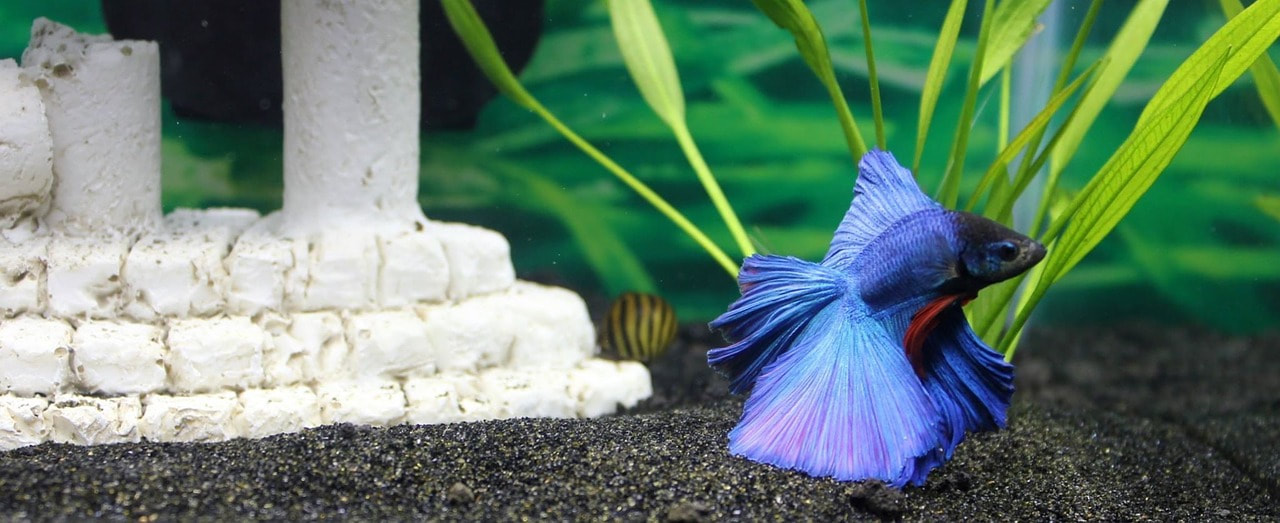
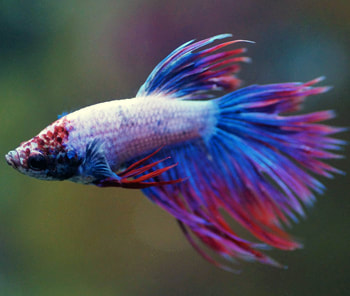
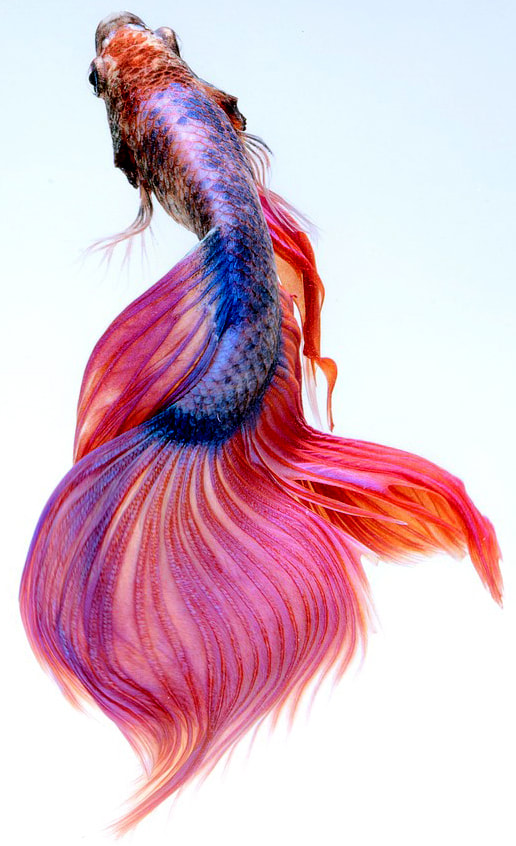
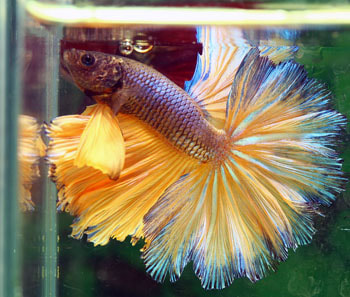
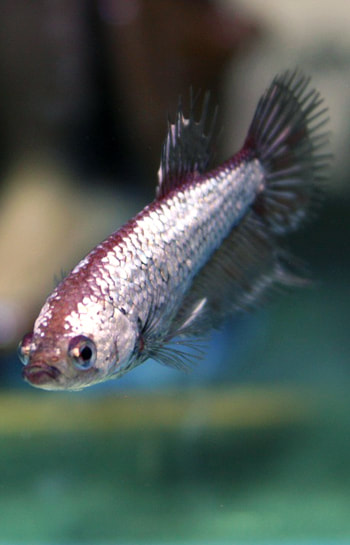
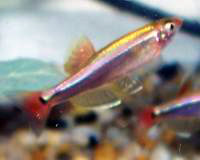
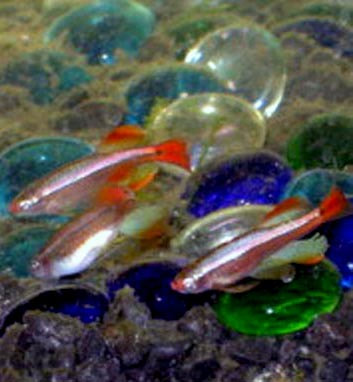
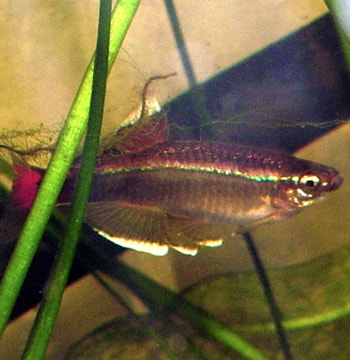
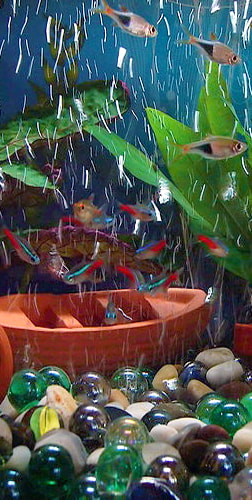
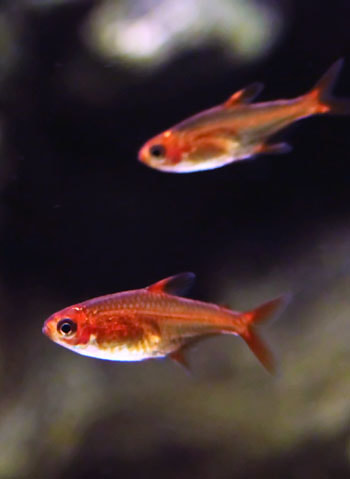
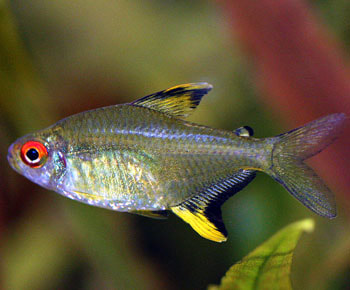
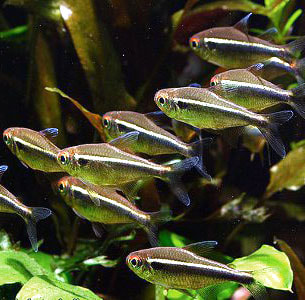
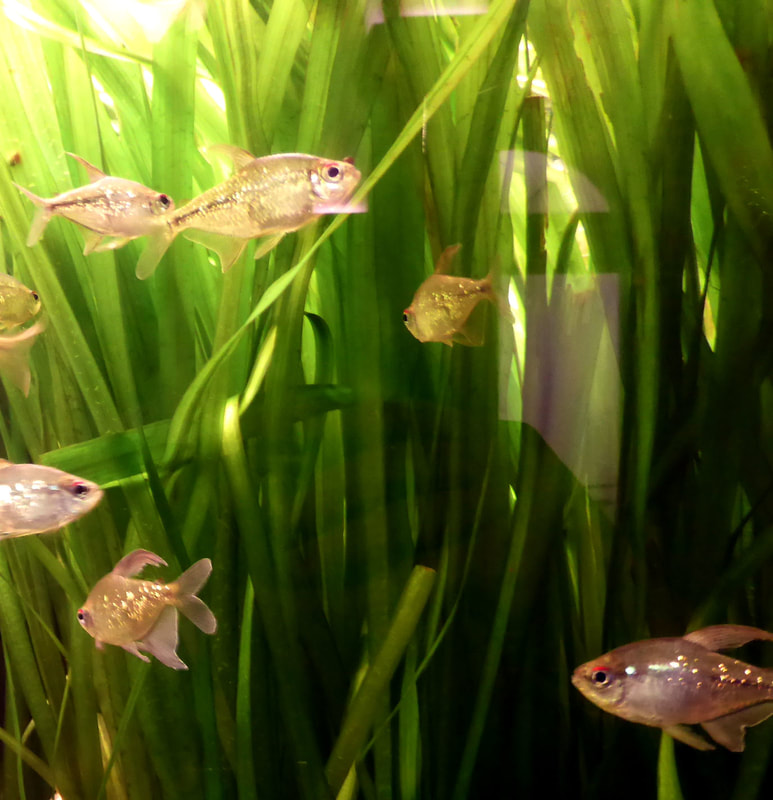
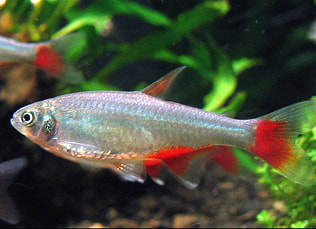
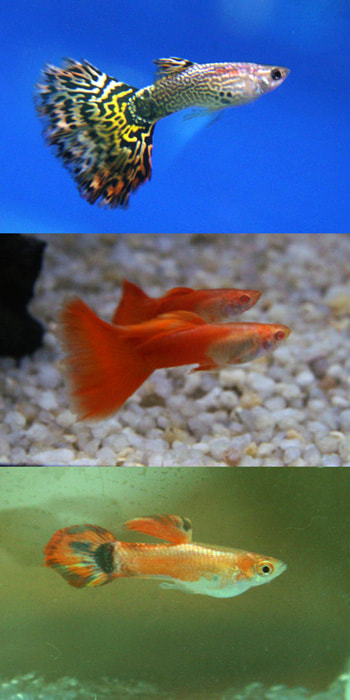
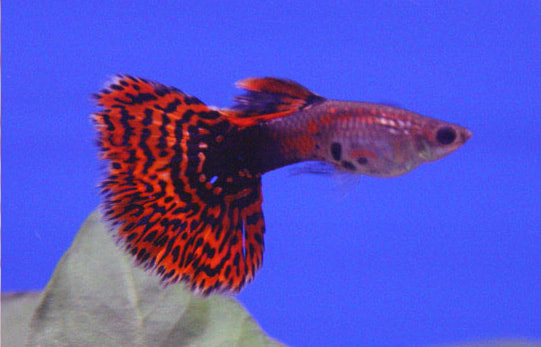
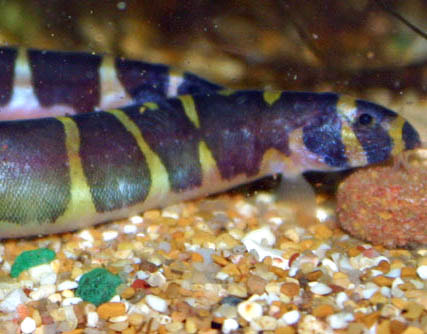
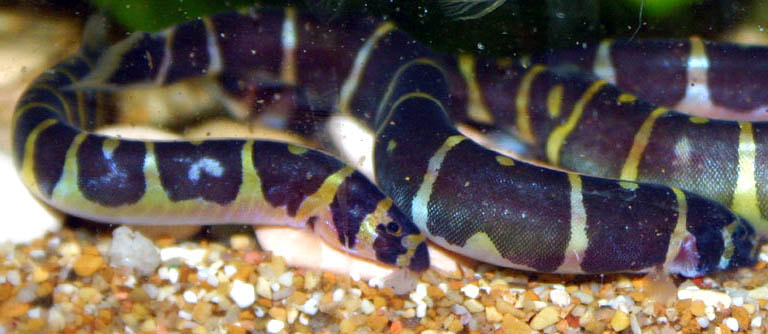
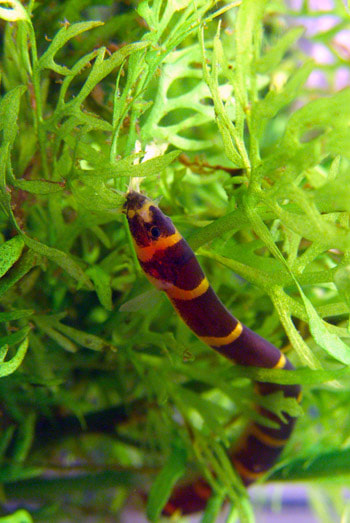
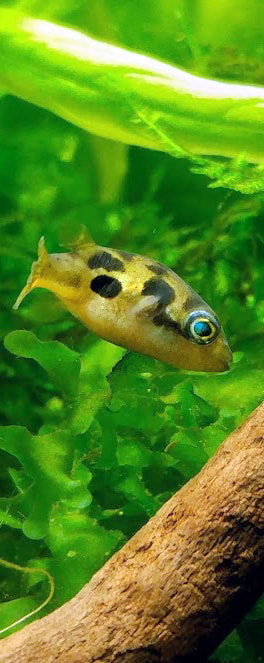
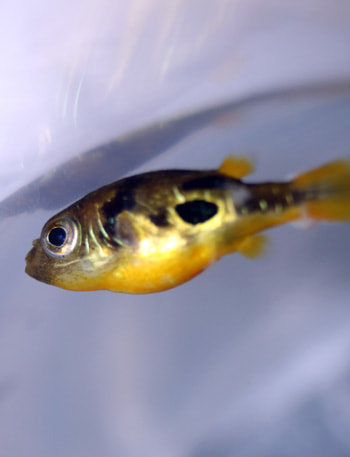
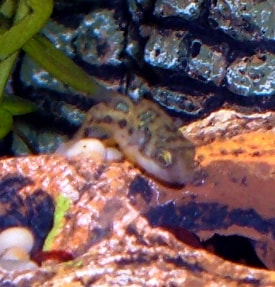

 RSS Feed
RSS Feed
